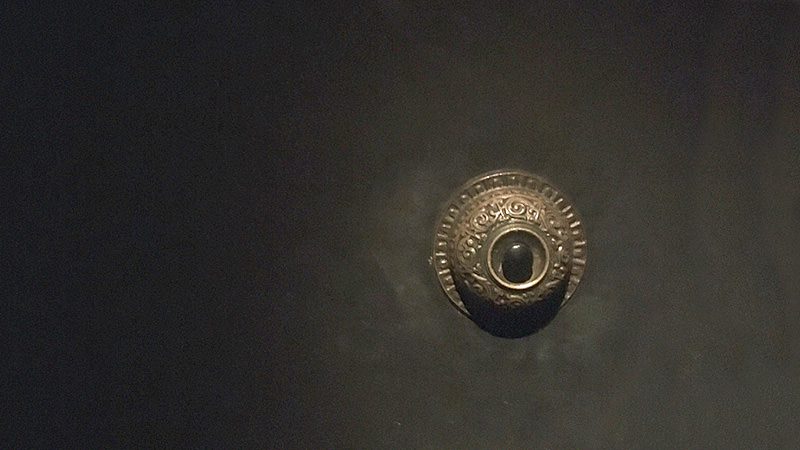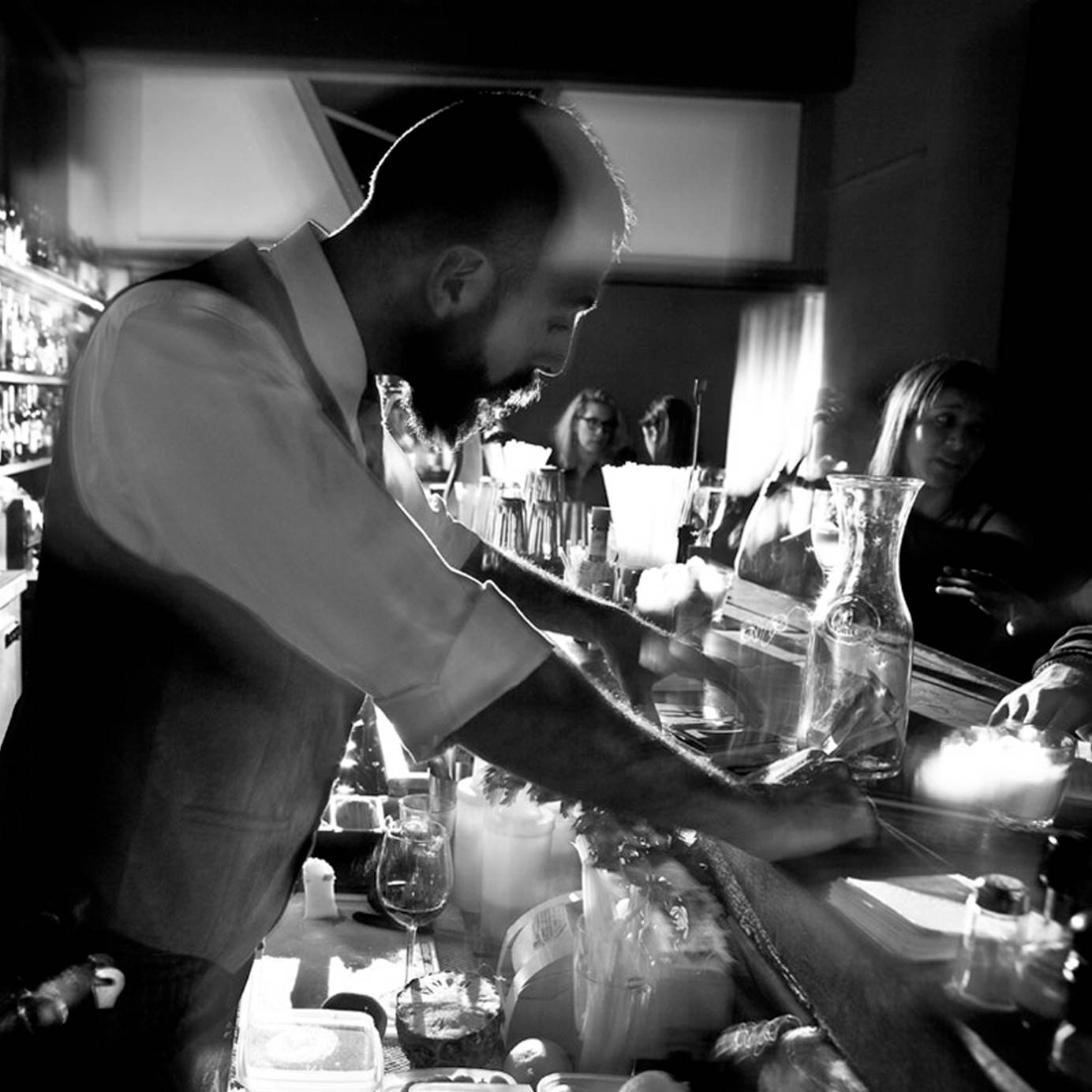The Butcher, a bustling joint at the Albert Cuyp street market in Amsterdam’s De Pijp, is packed in evenings with locals biting into babaganoush burgers. A select few walk straight past the parade of prime Aberdeen Angus beef to TBA, a speakeasy accessed by a daily-changing password.
In Berlin, adventurous drinkers stand outside the unsavory façade of a decoy art gallery in Mitte and ring a buzzer in the hopes of gaining entry to Buck and Breck, a cell phone-shunning spot where a wooden table doubles as the bar. An ornate doorbell in a wet market in Hong Kong’s frenetic Central District tells drinkers they are one step closer to sipping an Earl Grey Martini in the private gentlemen’s club-like environs of 001.
To jaded American imbibers, particularly those of the New York persuasion, these sorts of elaborately concocted speakeasies are more likely to garner eye rolls than the excitement that would have gushed forth, say, a decade ago.
From 1920 to 1933, when the U.S. government foolishly put the kibosh on booze with Prohibition, industrious barkeeps and organized crime bigwigs kept liquor flowing in their illicit speakeasies. These clandestine operations, which could be raided at any time, were seductive venues of rebellion. There was jazz, there were bracing Gin Rickeys, and there were women decked in fringe and feathers, finally allowed to publicly cavort with men. Prohibition was a turbulent era riddled with violence and toxic alcohol, but the speakeasy was a verboten bright spot for those harrowing 13 years, melding glamorous décor with creative concoctions.
This is the aura the legendary late barman Sasha Petraske successfully captured when he opened Milk & Honey in New York City on New Year’s Eve 1999. The majority of Americans were holding fast to their watery vodka sodas and sour apple Martinis when Petraske debuted a groundbreaking modern-day speakeasy on a grimy Lower East Side street.
Petraske had the foresight to propel cocktails into the future by looking to the past, when civility and well-wrought classics were the norms. This sensuous, secretive aesthetic resonated, and naturally other bartenders wanted to create their own spins on the speakeasy. Some yielded masterful results, like PDT in New York, Manifesto in Kansas City, and Williams & Graham in Denver. These places are timeless, transcending speakeasy gimmickry with interesting menus, stellar design, and engaging hospitality.
They were succeeded by countless copycat operations that, in hopes of cashing in on a trend, diluted Petraske’s concept. They focused more on concealed entries and suspender-clad bartenders than expertly made drinks. Speakeasy fatigue set in, and some Americans craved nothing more than a simple bourbon neat poured to a playlist showcasing Weezer, not a 12-ingredient, unbalanced libation accompanied by a big-band orchestra.
Around the globe, however, the speakeasy concept evolved differently. Some international developers simply saw what had been working in New York City for the past 17 or so years and riffed on the concept. (This global exchange is not a one-way street. Consider London-born Keith McNally’s remarkably successful, 20-year run importing Parisian bistros to NYC via Balthazar or now-shuttered Pastis.)
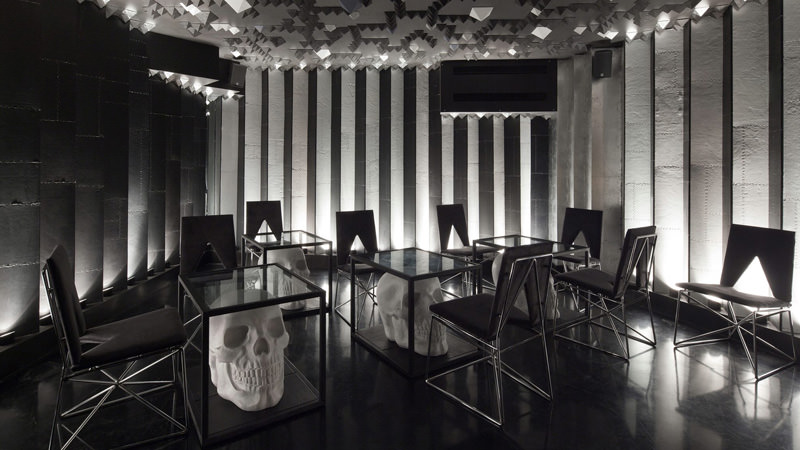
Mexico never had Prohibition. But Loop Tonic, a restaurant group with six bars and restaurants in Mexico City, is “influenced by what the owners see in other cosmopolitan cities,” Fernando Acevedo, head bartender of the group’s Jules Basement, says. Jules Basement is Mexico City’s first speakeasy and occupies a subterranean space found behind an industrial refrigerator in the posh Polanco neighborhood.
“When we opened, the main reason was to recreate a speakeasy just like the New York ones, with great cocktails and a sophisticated atmosphere based on Prohibition,” Acevedo says. Underneath a ceiling of dynamic pyramids, guests sip Jameson-apple-passion fruit Oscar Wildes and Mezcal Negronis at tables graced by oversized clay skulls. The space, dressed in black and white leather with silver and wooden finishes, is more upscale lounge than traditional speakeasy.
There is, however, an element of kitsch at work. Some nights at Jules Basement, the night takes an unexpected, theatrical turn with “policemen” roving through the premises.
London’s bar scene also teems with old-timey speakeasy tropes. Cocktails are swigged out of gramophones at Barts, and one scores a seat at the Mayor of Scaredy Cat Town by asking for an audience with “the mayor.” But the speakeasy concept flourishes in more subtle forms here as well, as in the illuminated lantern signaling 69 Colebrooke Row, or the covert door of the Luggage Room beckoning from inside the London Marriott Hotel Grosvenor Square.
In part this is because the term “speakeasy” is more broadly defined around the globe. For countries that never outlawed alcohol, American Prohibition is a jumping-off point, not a paint-by-numbers style guide. Speakeasies signify portals to another world that isn’t necessarily 1920s New York.
Fairytale Bar in Berlin, for example, is a hard-to-find hideaway that transcends formulas. The bar is an enchanting Hans Christian Andersen-meets-Lewis Carroll story come to life — with such fittingly named cocktails as the Princess Frost, made with white port and grapefruit.
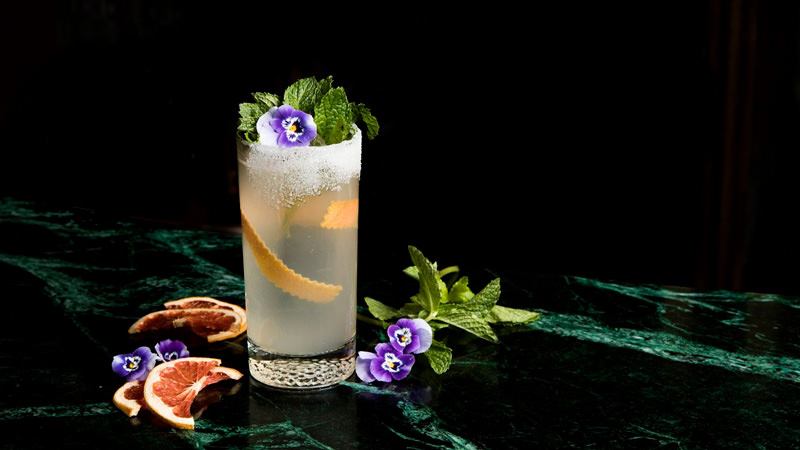
In Hong Kong, in addition to the clubby 001, there is Foxglove, a conceptual operation tucked in the back of a Central umbrella boutique. Customers come for velvety Tokyo Sours, but the focal point is a stage that hosts myriad jazz performances and sports a mounted replica of a 1940s Gloster jet engine. The latter nods to the possibly fictitious character Frank Minza, a wealthy English gent with a penchant for rare spirits and adventure who inspires Foxglove’s ethos.
Finland was subjected to its own Prohibition for nearly the same period of time as the U.S., from 1919 to 1932. Trillby & Chadwick, Helsinki’s first speakeasy, explores that history through rich, imaginative layers. The expansive menu is peppered with witty words from the namesake Prohibition-enforcing London detectives, found in personal diaries unearthed from a fire safe decades later. The bar is squirreled away in an unassuming building in the shadow of the Helsinki Cathedral. After patrons pick up a phone in a vestibule to announce their presence, the charade ends and they are whisked away to a hushed, hidden parlor.
“Scandinavian design is plain, light, and simple, and we are closer to the living room of our great grandparents, where the atmosphere is like stepping back into Prohibition,” Julia Kokki, Trillby & Chadwick’s head bartender, says. “Speakeasies are also a fantastic way to increase engagement, since you need to find it to experience it.”
The exclusivity of Trillby & Chadwick’s setting, says Kokki, complements a detailed menu packed with whimsical illustrations and complex cocktails such as the Manchester Film (Maker’s Mark, Chambord, Coca Cola, egg white, lime, popcorn).
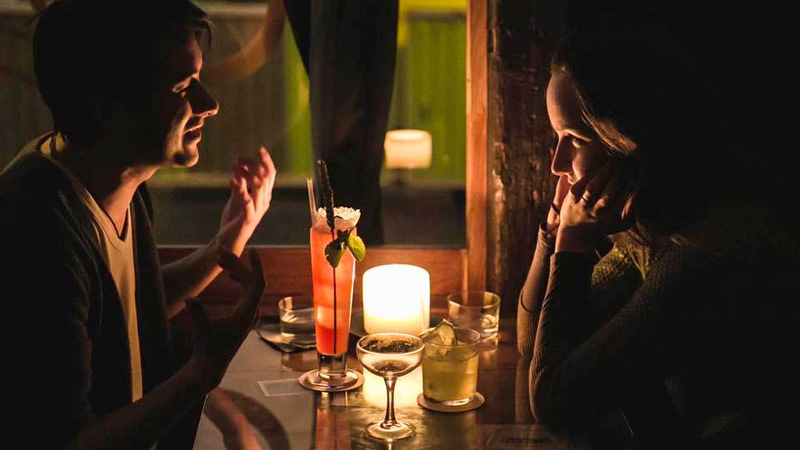
Enigmatic bars are a Parisian specialty, from the back-of-a-taqueria Candelaria to the little red door leading to a bar named exactly that, awash in brick and candles. Moonshiner, a bar hidden behind a pizzeria near Bastille, is more of a conceptual installation than New York-style speakeasy. “We wanted customers to be able to imagine a story when coming to Moonshiner, a story of bootleggers who would have decided to transform the back room of their restaurant into a speakeasy,” bar director Marilou Jampolsky says.
France didn’t suffer through Prohibition, but “Parisians have always loved gangster stories,” Jampolsky says. “Our city is full of places with criminal history.” The crux of Moonshiner’s vision is inventive cocktails, with drinks featuring beet-infused Scotch, homemade coconut syrup, sherry vinegar, and chocolate bitters.
“We don’t want the success of the bar to solely depend on the fact that the customer has to push a hidden door to get in,” Jampolsky adds. “We have a welcoming team and I think that they come back for that reason.”
“I think a speakeasy just for the concept is a bad idea,” agrees Romain Le Mouëllic, co-founder of Paris’s Le Syndicat cocktail bar. Located in what appears to be a neglected, graffiti-strewn storefront in the on-the-rise Gare du Nord neighborhood, Le Syndicat’s interior mingles marble and rough paco walls with gold curtains. A speakeasy wasn’t Le Mouëllic’s initial goal, but it proved an apt backdrop for showcasing his range of French-only spirits. Here, guests make their way through Calvados and Armagnac tastings, and drink Juleps made with Breton single malt whiskey and Brambles laced with cassis liqueur.
“What is going to work in the long run is if it fits with the environment, if there is logical, original storytelling that justifies the speakeasy,” Le Mouëllic explains. “We want it to be as friendly and open as possible. On the other hand, we like the idea that people must fight a little bit to find the spot as a reward after their effort because they appreciate the cocktail more.”
Buenos Aires bar owner Julián Diaz feels similarly. His 878 bar started out as a true illegal speakeasy in his home. Now in an established location in Villa Crispo, 878 offers one of Argentina’s most impressive spirit collections, spawning cocktails combining Fernet Branca and Punt e Mes with vodka and grapefruit.
Homogenization of bars, indistinguishable between cities, Diaz says, is a sad affliction. “We are a local bar with local products, designed for locals, that can welcome people from all over the world,” he says. Maintaining 878’s Buenos Aires identity is integral to its success.
“The closed door is just a game so that the one who visits us discovers a space,” Diaz says. 878 is low-lit and mysterious like others of its brethren, but “speakeasy refers to a time and a culture that are foreign to us,” Diaz says. Consider 878 his relaxed take on the hidden bar theme, with an egalitarian bent that welcomes everyone. A need for urban sanctuary is universal.
